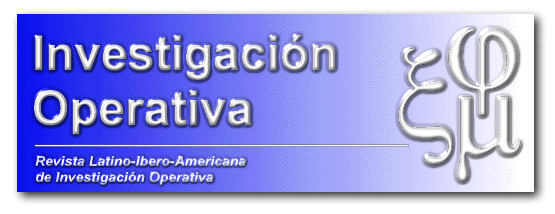
Abstract:
A Queue with Correlated Arrivals
This paper deals with a queue with a Markov renewal
arrival process (MRP) which is autocorrelated. Our
choice of models for the arrival process has been motivated by the
need to keep the marginal distributions the same as far as possible.
By doing so, it is possible to better expose the pure
effects of the parameters in the arrival process on the correlation
coefficient and thence on the mean queue length. We consider the
various effects of 4 parameters: the ``stickiness'' of the
underlying Markov chain ($p$), differences in the mean interarrival
times of each type ($m_i-m_j$), the variance of the
arrival times of each type ($v _j $), and the number of states ($n$). We show that $p$ and $m_
i-m_j$ interact in such a way that
the rate of convergence of mean queue length to infinity is faster for
large $m _i-m_j$ as a function of $p$. It is possible for the queue
length process to be in steady state but the mean queue length to be
arbitrary large solely due to correlations. We also show that
decreases in $v_j$ increase correlations but can decrease the mean
queue length. Also, the number of states, acting through the
correlation coefficient can have additional effects on the mean queue
length especially in the case of ``sticky'' MRP's. It would appear that more attention should
be paid to the correlations especially in situations where the
traffic intensity is high and where correlations can be present and
can be large.

